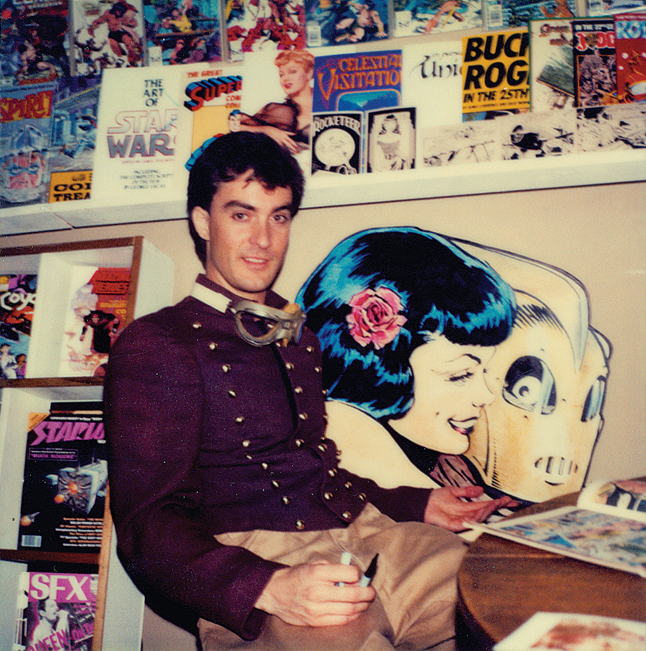
Above: Dave Stevens in costume for a signing in Las Vegas, circa 1983.
“Well, I do expect a lot of myself. I’m a harsh critic because I know what I’m capable of. I have hit those occasional peaks amongst the valleys, but the peaks are so few-things like genuine flashes of virtuoso brush inking, like I’ve never executed before or since-I can count on one hand the number of jobs where I’ve been able to hit that mark. The same with penciling. Sometimes it just flows, but more often than not, it’s pure physical and spiritual torment just to get something decent on paper. I often get very discouraged with the whole creative process.” —Dave Stevens
Recently I received my Blu-ray copy of the documentary Dave Stevens: Drawn to Perfection that I (and a jillion others) had backed on Kickstarter. Boy, I was delighted and thoroughly charmed.
Above: The cover painting to the first The Rocketeer graphic novel published by Eclipse in 1985.
Dave Stevens, for those who don’t know, was an illustrator, TV/film designer, and the self-described “slowest man in comics.” Born in 1955, he was largely self-taught and got his start drawing for fanzines and providing promotional art for the then-tiny San Diego Comicon before becoming an assistant to Russ Manning on the Tarzan newspaper strip. Always a quick study who was constantly improving his skills, Dave moved on to working as a storyboard artist, first for Hanna-Barbera’s animation studio, then as a freelancer doing storyboards for Raiders of the Lost Ark and Michael Jackson’s Thriller video. In 1982 he was approached to provide a back-up feature for Mike Grell’s Starslayer series being published by Pacific Comics and, almost on a whim, Dave created The Rocketeer.
Inspired by the pulp adventures of Doc Savage and The Shadow as well as the 1950s’ Commando Cody: Sky Marshal of the Universe serial, The Rocketeer was an immediate success and made Dave a star in the comics world. Telling the story of the hapless aviator Cliff Secord, his girlfriend Betty (inspired by pin-up legend Bettie Page), and the complications from finding an experimental rocket pack, The Rocketeer was nostalgic, warm, funny, exciting and, above all, exceptionally drawn. Though the series jumped from publisher to publisher for a whole host of reasons, fans didn’t care and eagerly snapped up each installment whenever they appeared along with the eventual book compilation.
Given the industry excitement, Dave almost immediately began thinking of a movie adaptation and, after a few false starts, teamed up with writers Danny Bilson and Paul De Meo to bring it to fruition. Though Disney Studios contracted with them in 1986, The Rocketeer went through 5 years of rewrites, sanitizing, and revisions until director Joe Johnston finally brought it to the screen in 1991. Unfortunately, it wasn’t the box office success everyone hoped it would be—due in no small part to the release of Terminator 2, that summer’s blockbuster, the very next week—and plans for two sequels were scrapped. Dave said he was happy with about 70% of the film saying, “The overall spirit and sweetness of the series is still there, intact. We lost some good character stuff in editing for time, but the tone of it is still what I was trying to project in the comic pages. I also thought Joe’s casting choices were excellent.” Truth to tell, he was probably about 90% happy, but didn’t want to admit it.
Above: Dave prepping for his cameo as a German test pilot in The Rocketeer. Dave described it as, “Surrounded by Ratzis! Two seconds before I shake hands with The Devil, strap on the rocket pack, and blow up!”
Following The Rocketeer movie Dave continued to develop new properties and accept freelance assignments, but in his spare time he began taking art classes with the goal of becoming a better painter. He also became a close friend, advisor, and protector of Bettie Page, who had emerged from seclusion after years of mental health difficulties. Dave was her chaperone to the Playboy Mansion (driving her in his Ford Coupe hotrod) for a special screening of The Rocketeer in her honor, much to Bettie’s delight. He hotly pursued exploiters to get her compensated for the use of her 1950s-era photos (that had become hugely popular) even as Dave personally struggled, both financially and with his own health.
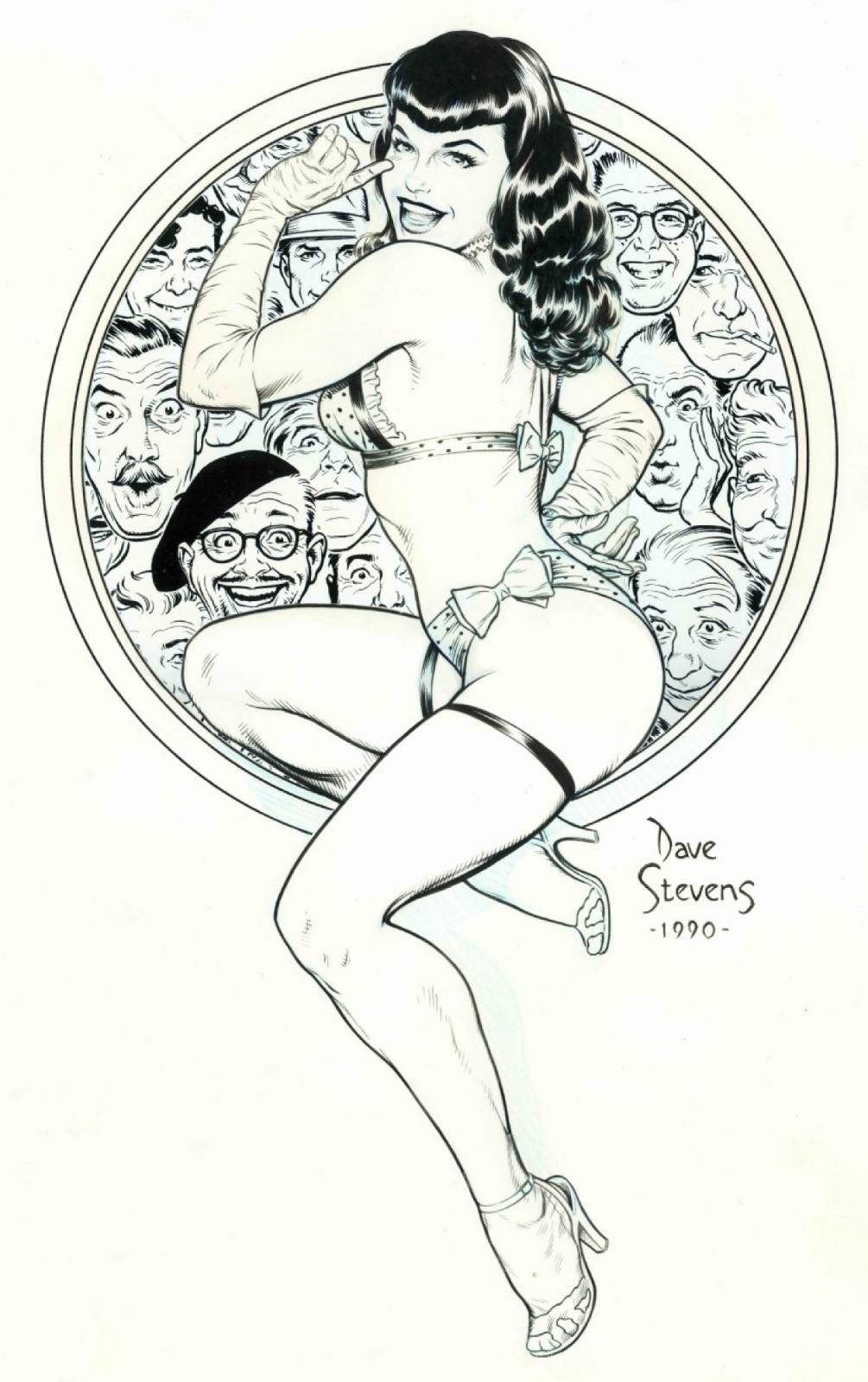
Cathy and I were pals with Dave and worked feverishly with him on his autobiography, Brush With Passion, which was published by Underwood Books shortly after his death in 2008 from Hairy Cell Leukemia. As Cathy said in the book’s forward, Dave would have hated it. Not because of anything we wrote or did wrong, but because he was a perfectionist who was never entirely satisfied with any of his projects, regardless of how wonderfully they turned out, and he wanted to have the last word. Similarly, he would have hated the documentary, Drawn to Perfection, too, for the exact same reason. Somebody else did it—in this case Kelvin Mayo, David Mandel, and his sister Jennifer Stevens-Bawcum—and he wasn’t around to approve this or axe that or say “You gotta include _______!”
Which is absolutely okay: Dave’s demand for perfection, whether in his art or in his appearance/image, is a big part of his story (even if he was full of beans half the time and worried or complained just because he was Dave). And, regardless of any misgivings we know he would have had (“Ain’t I a stinker?” he would ask me in Bugs Bunny’s voice more than once through the years), Drawn to Perfection is a thoughtful, affectionate, humorous, and, dare I say, “perfect” remembrance of an important and influential member of our art family. Featuring interviews with William Stout, Richard Hescox, Michael Wm Kaluta, Brinke Stevens, Dave Scroggy, John “Kookie” Koukoutsakis (who was probably Dave’s closest friend and who knows more good stories than anybody), and many more, the film is one that we’ll rewatch often.
I don’t know if there are plans to offer the Blu-ray for sale beyond the Kickstarter backers, but do know that it’s currently available for rent and digital purchase via Amazon. Below is a trailer for the documentary as well as a vintage interview with Dave. Enjoy.


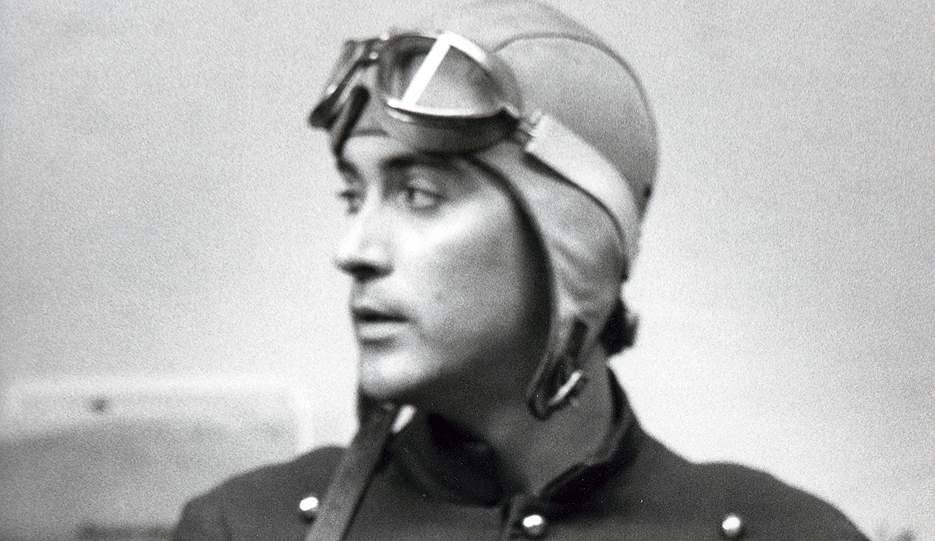
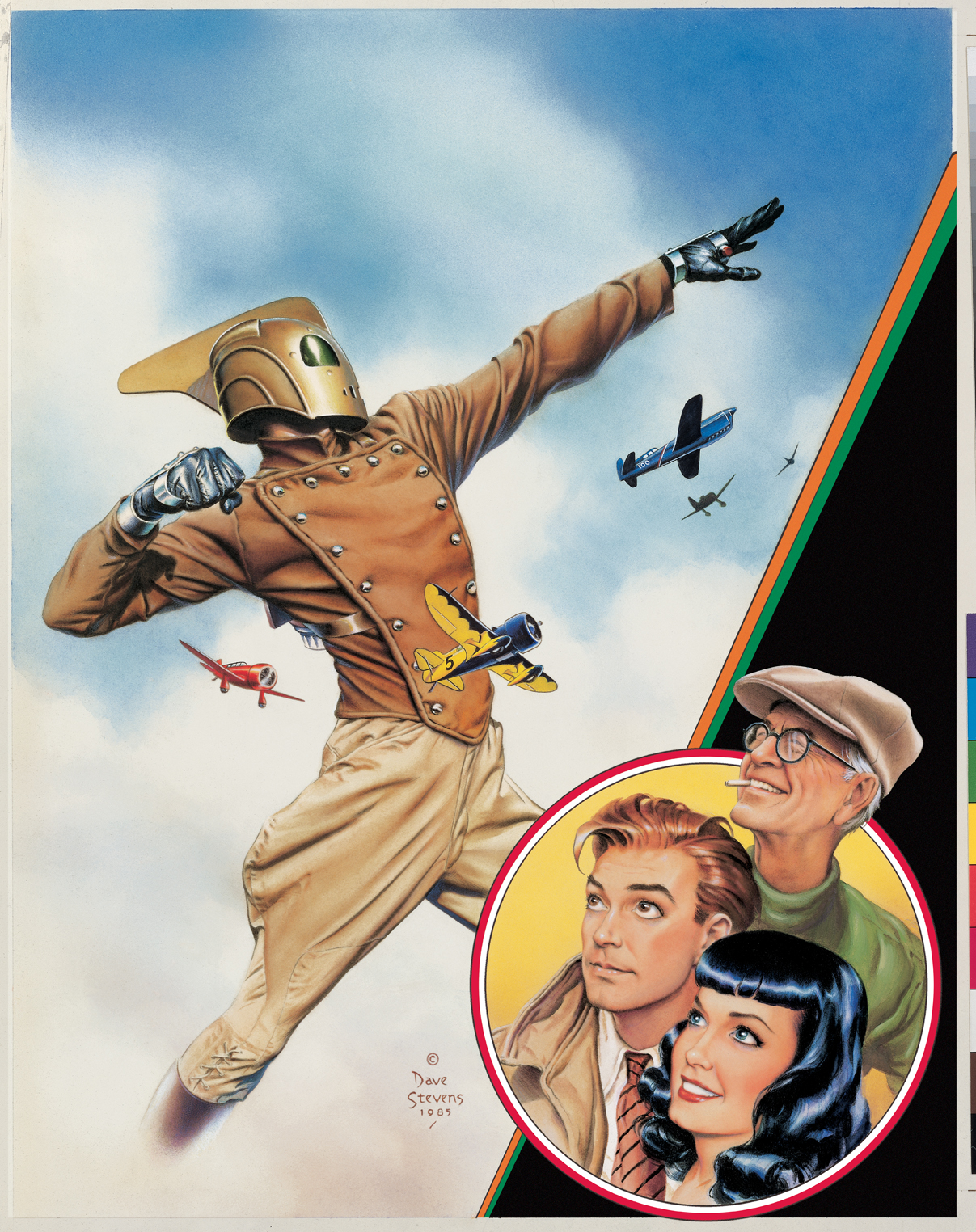
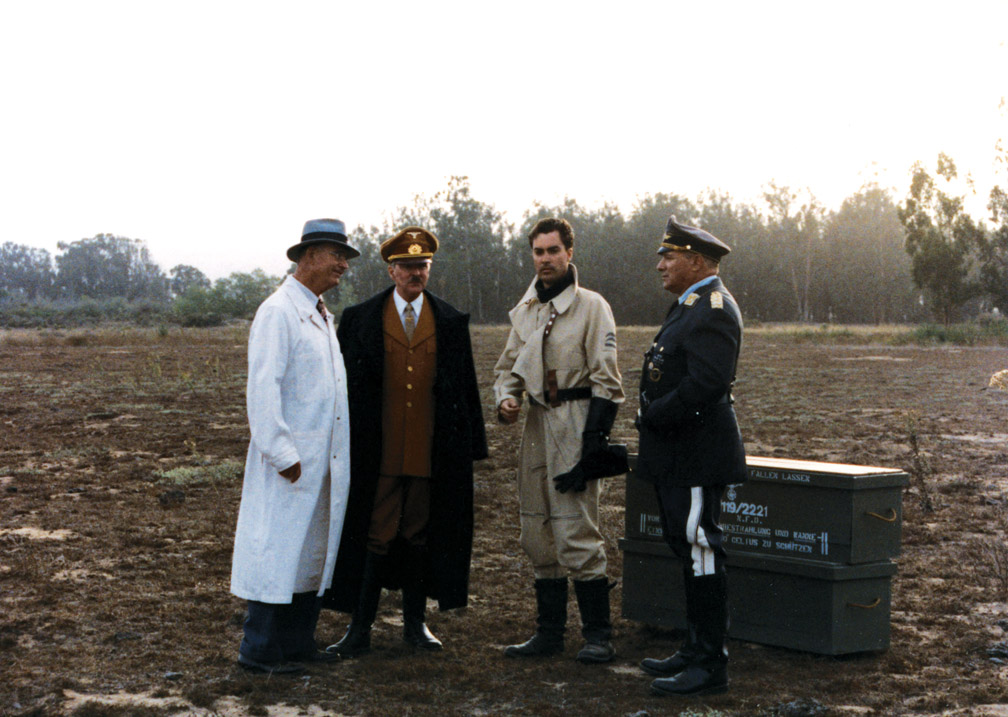
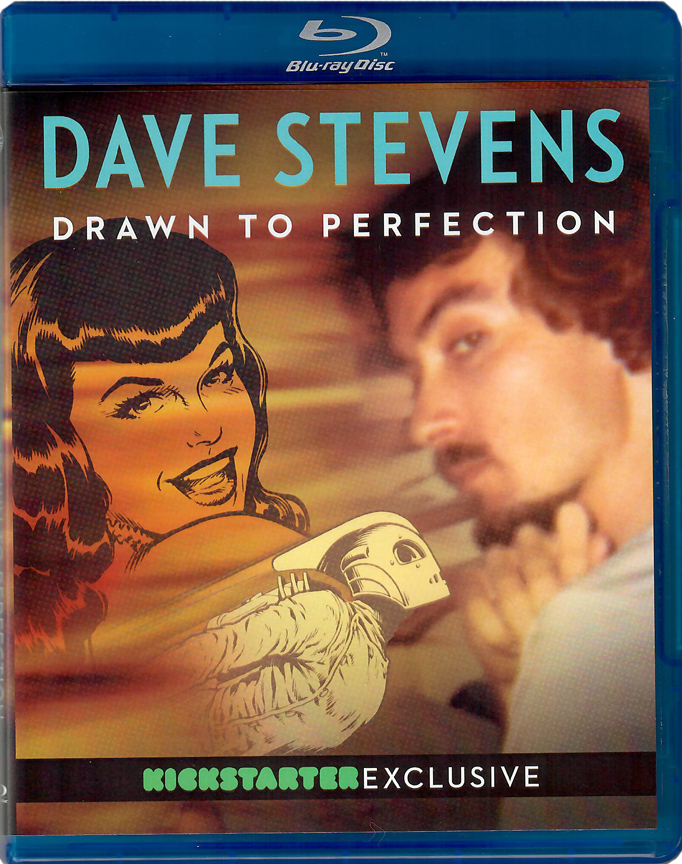

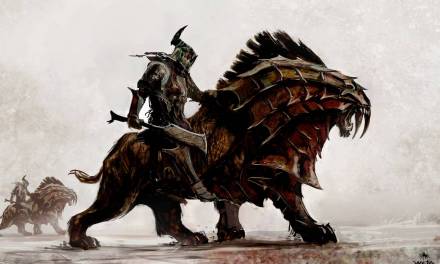
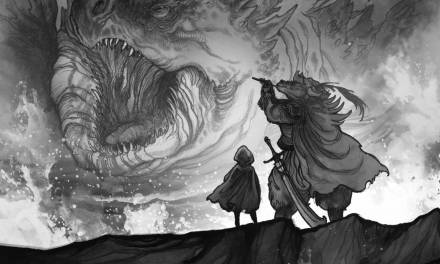
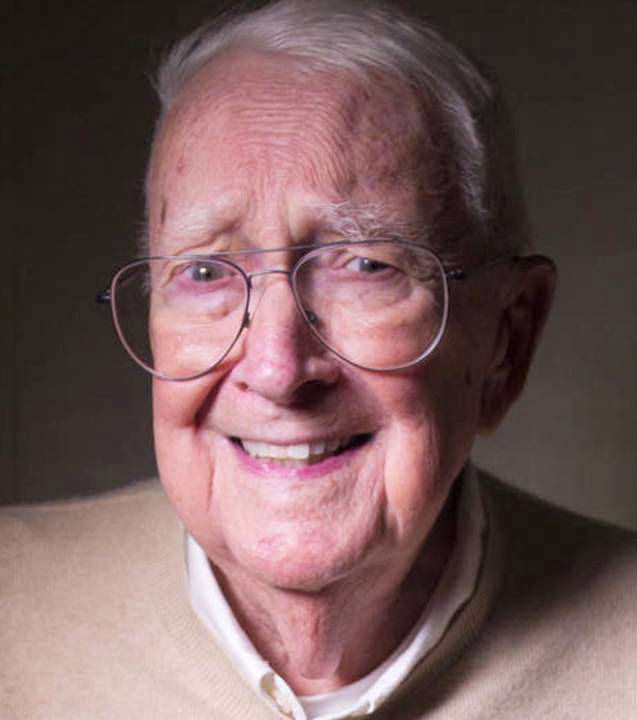

Recent Comments